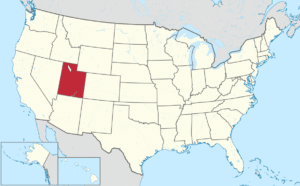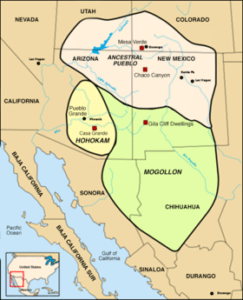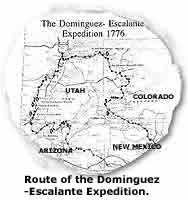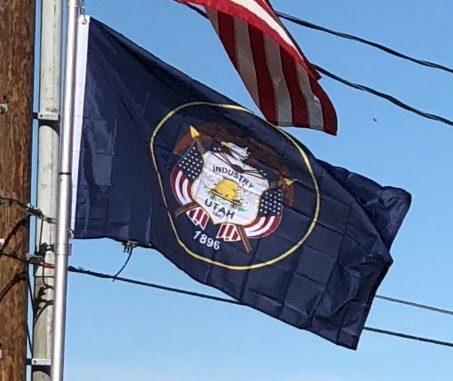Introduction:
Utah is a state in the western United States. It became the 45th state admitted to the U.S. on January 4, 1896. Utah is bordered by Colorado to the east, Wyoming to the northeast, Idaho to the north, Arizona to the south, and Nevada to the west. It also touches a corner of New Mexico in the southeast.

The state is a center of transportation, education, information technology and research, government services, mining, and a major tourist destination for outdoor recreation. In 2013, the U.S. Census Bureau estimated that Utah had the second fastest-growing population of any state. St. George was the fastest-growing metropolitan area in the United States from 2000 to 2005. Utah also has the 14th highest median average income and the least income inequality of any U.S. state.
Origin of the Name:
A common folk etymology is that the name “Utah” is derived from the name of the Ute tribe, purported to mean “people of the mountains” in the Ute language. This is, in fact, a false etymology. The term is not native in origin and its etymology is unclear. In actuality the word for people in Ute is ‘núuchiu’ while the word for mountain is ‘káav(i)’, offering no linguistic connection to the words ‘Ute’ or ‘Utah’. According to other sources “Utah” is derived from the Apache name “yuttahih” which means “One that is Higher up” or “Those that are higher up”. In the Spanish language it was said as “Yuta”, subsequently the English-speaking people adapted the word “Utah”.
History:
Pre-Columbian:
Thousands of years before the arrival of European explorers, the Ancestral Puebloans and the Fremont people lived in what is now known as Utah, some of which spoke languages of the Uto-Aztecan group. Ancestral Pueblo peoples built their homes through excavations in mountains, and the Fremont people built houses of straw before disappearing from the region around the 15th century.

Another group of Native Americans, the Navajo, settled in the region around the 18th century. In the mid-18th century, other Uto-Aztecan tribes, including the Goshute, the Paiute, the Shoshone, and the Ute people, also settled in the region. These five groups were present when the first European explorers arrived.
Spanish Exploration:
The southern Utah region was explored by the Spanish in 1540, led by Francisco Vásquez de Coronado, while looking for the legendary Cíbola. A group led by two Catholic priests—sometimes called the Dominguez-Escalante Expedition—left Santa Fe in 1776, hoping to find a route to the coast of California. The expedition traveled as far north as Utah Lake and encountered the native residents. The Spanish made further explorations in the region, but were not interested in colonizing the area because of its desert nature. In 1821, the year Mexico achieved its independence from Spain, the region became known as part of its territory of Alta California.

European trappers and fur traders explored some areas of Utah in the early 19th century from Canada and the United States. The city of Provo, Utah was named for one, Étienne Provost, who visited the area in 1825. The city of Ogden, Utah was named after Peter Skene Ogden, a Canadian explorer who traded furs in the Weber Valley.
